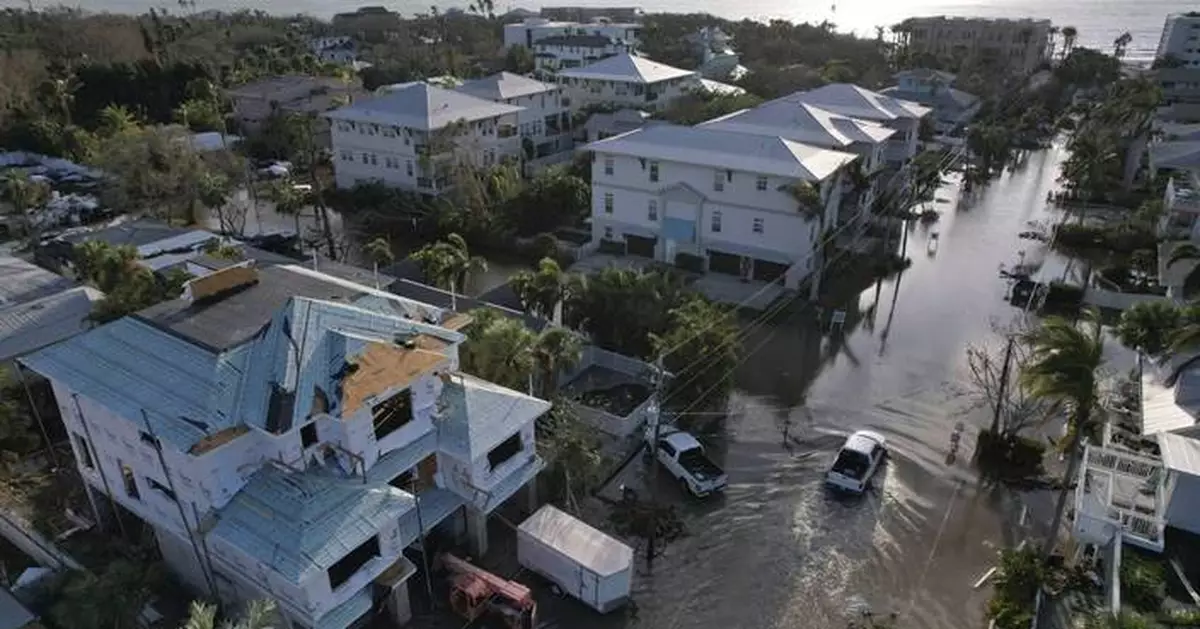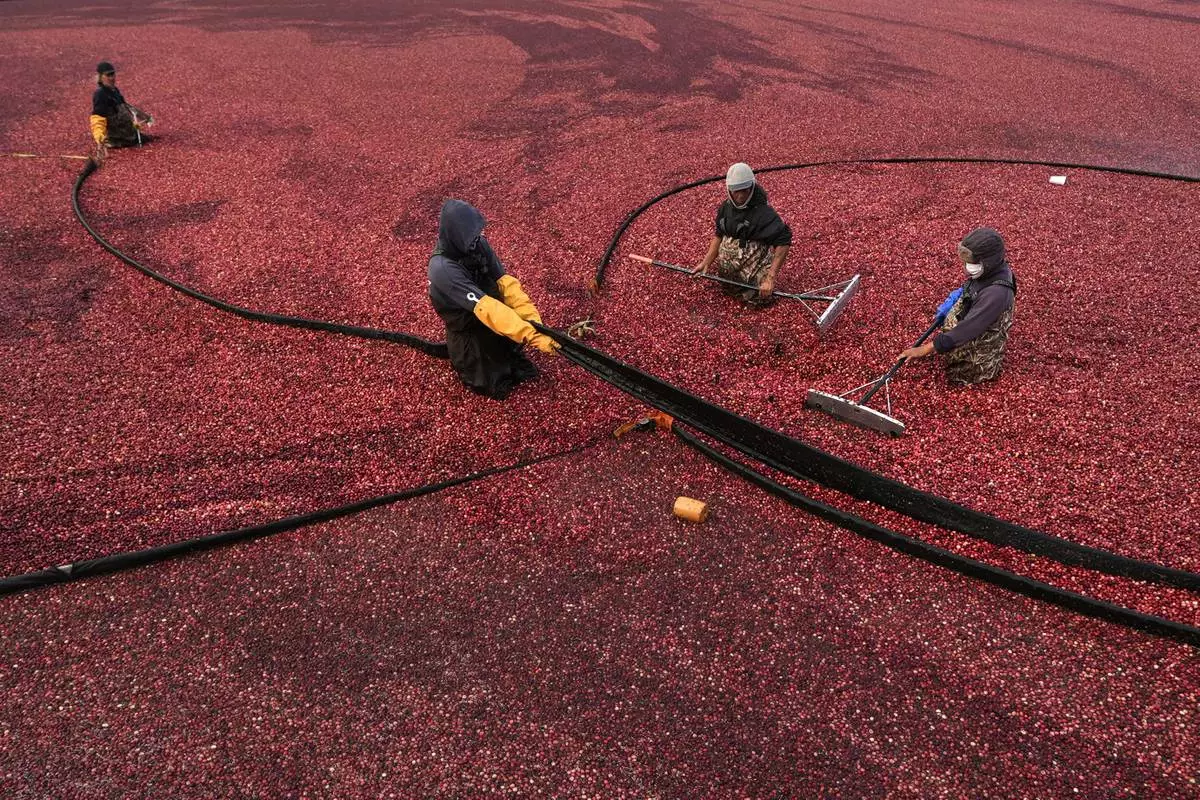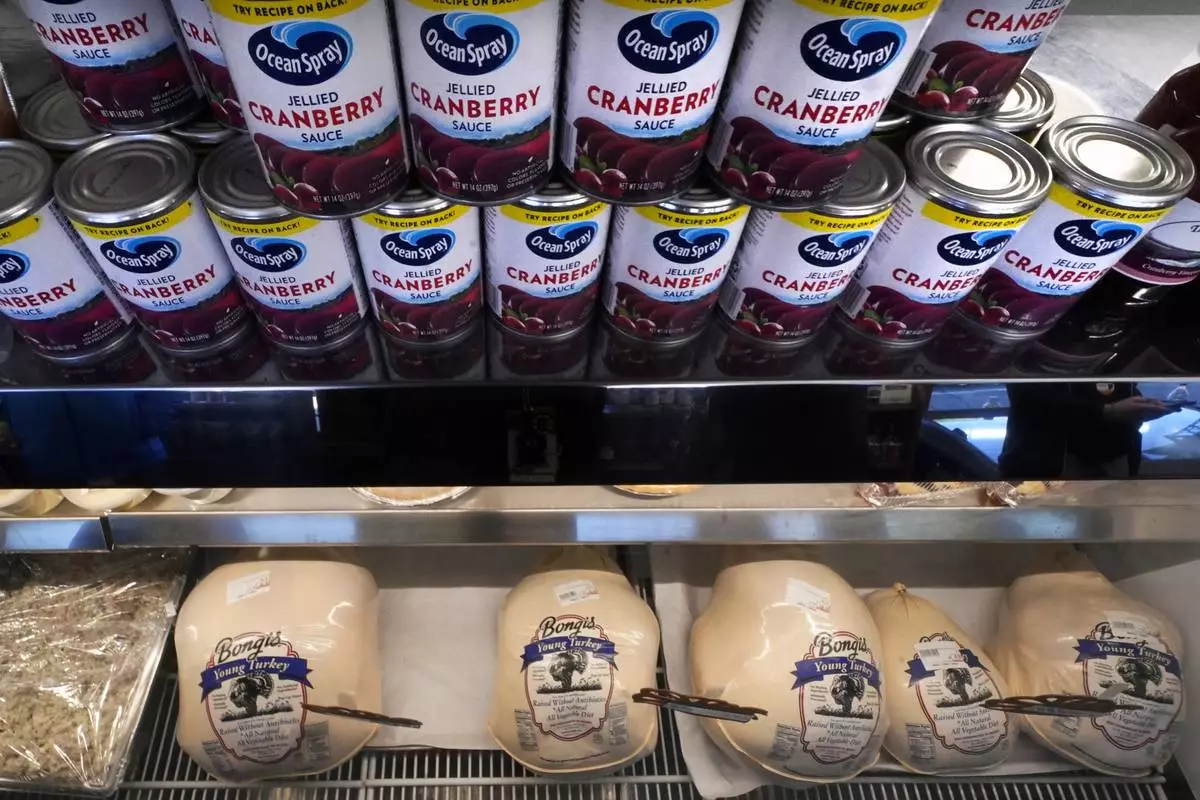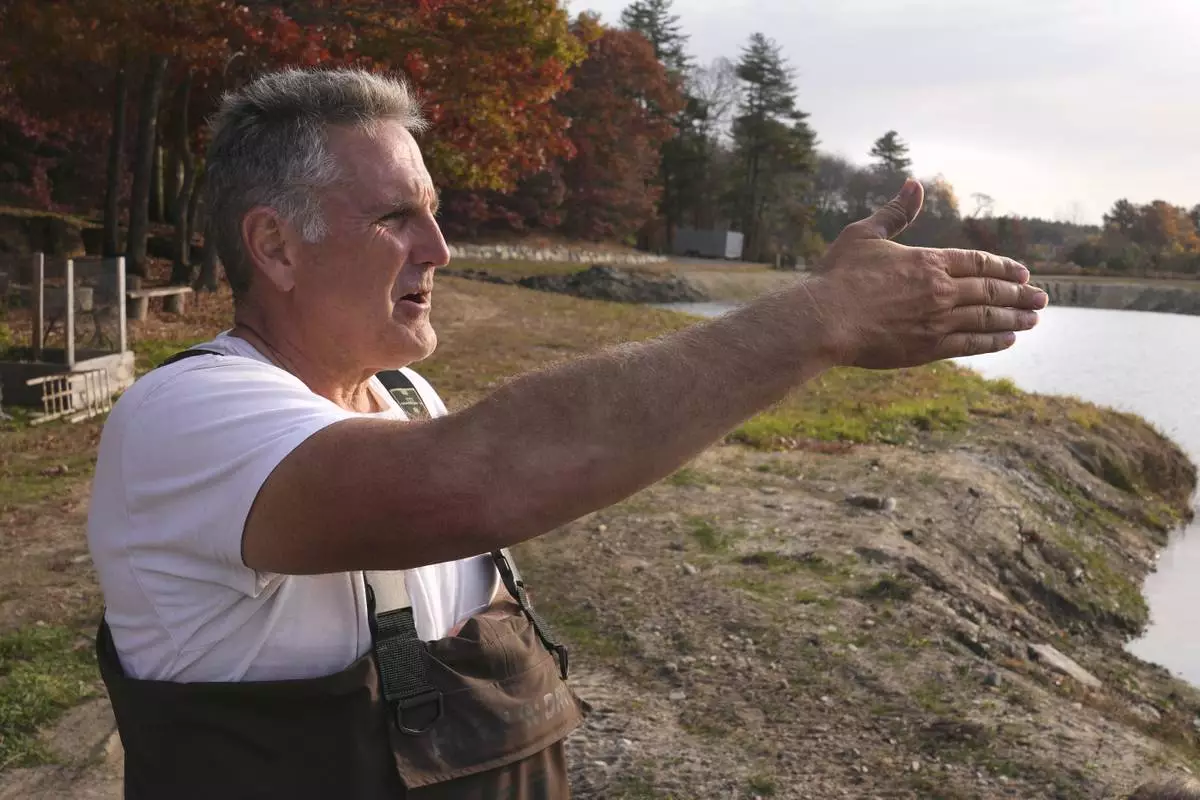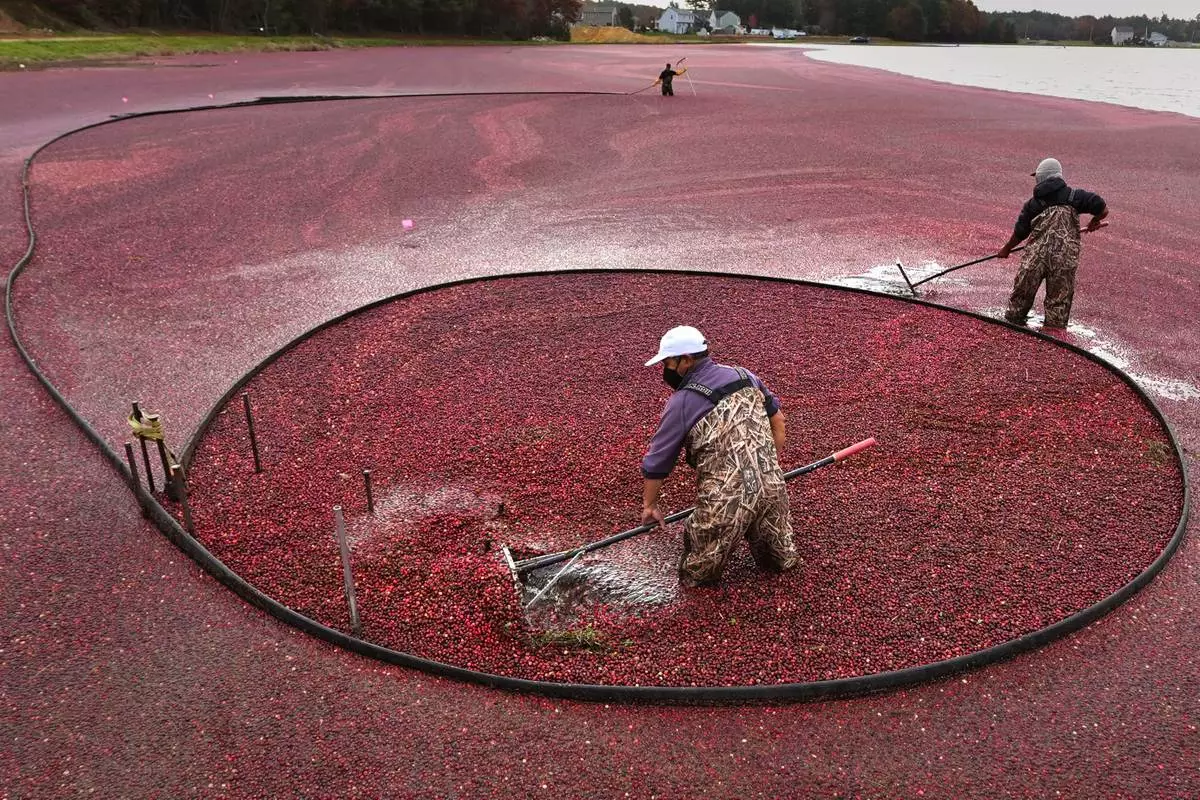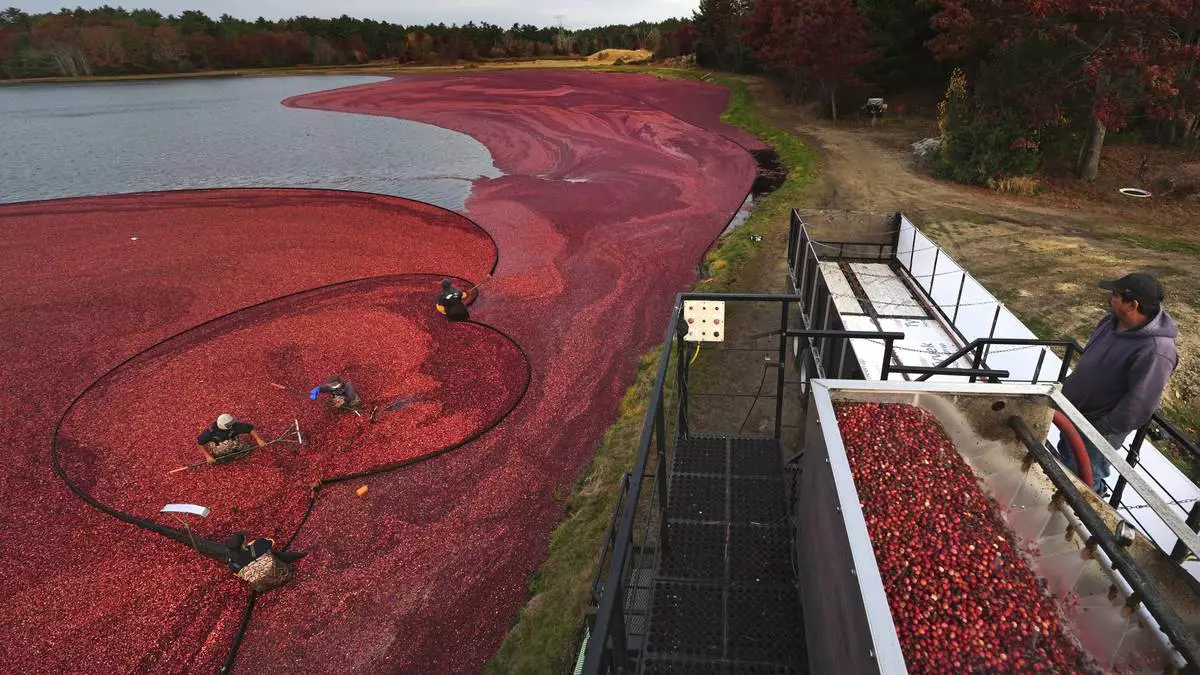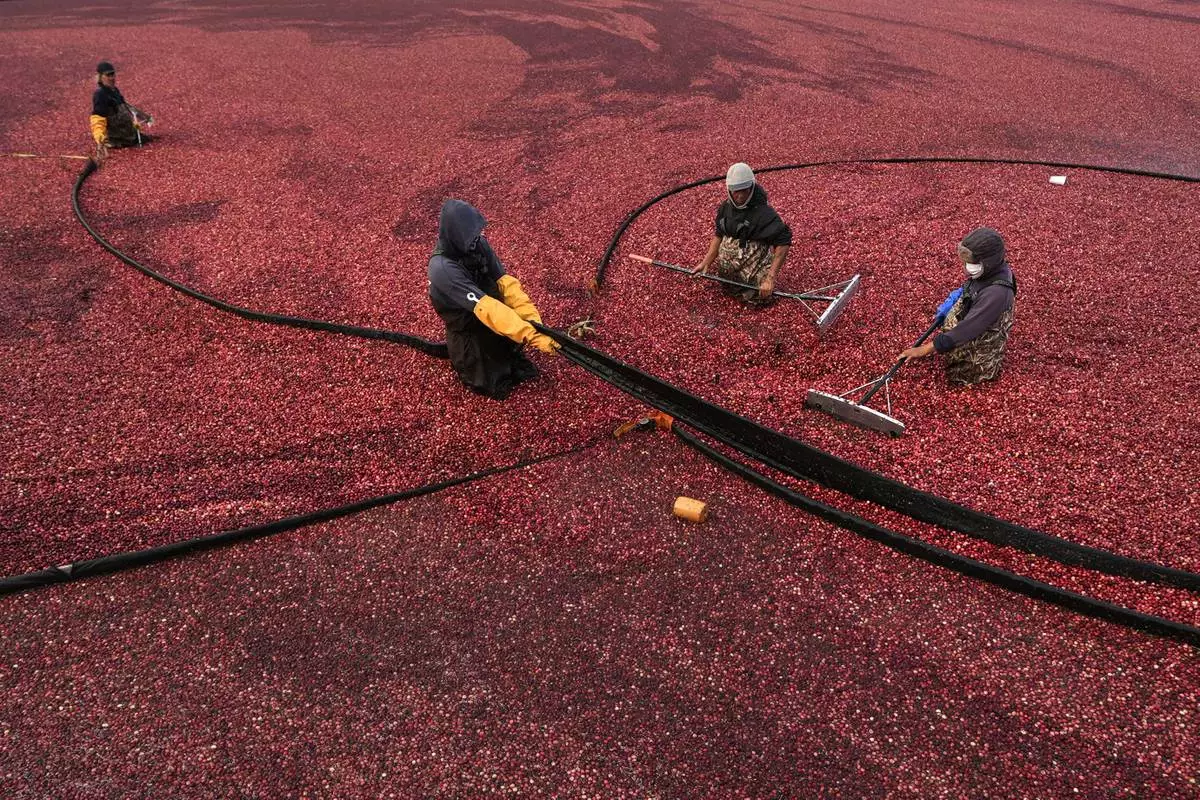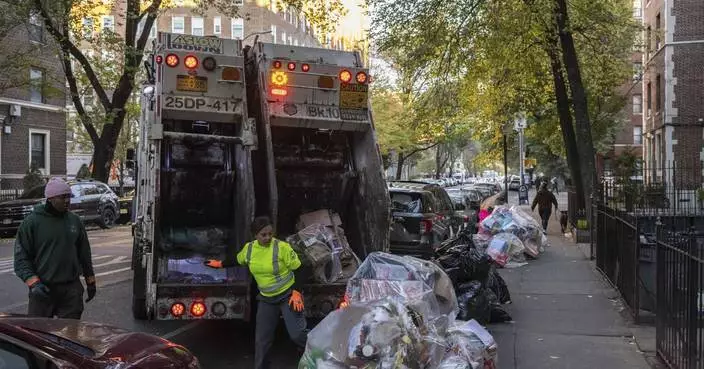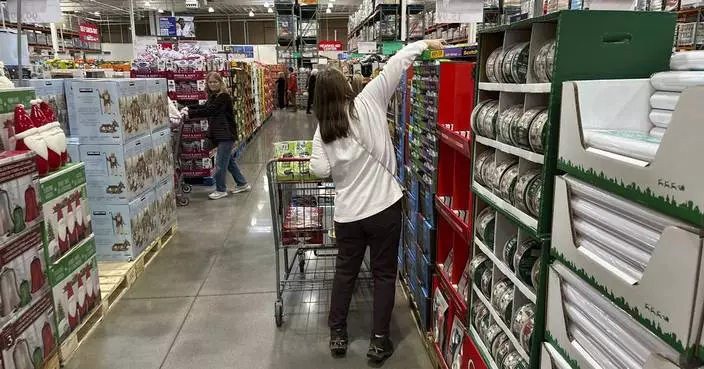Cecilia Grove didn’t work for 38 days after Hurricane Helene's storm surge flooded the kitchen of the restaurant where she waits tables.
The Cottage, a local and tourist favorite on Siesta Key near Sarasota, Florida, might have reopened sooner, but Hurricane Milton made landfall on the key 13 days later.
The wait was excruciating for Grove. The 39-year-old single mother cares for her seven-year-old daughter Aria, who is deaf and depends on cochlear implants, and her father, who lives with them. “I’m one person feeding three of us,” she said.
After draining her savings to pay for car and health insurance, rent, and food, Grove’s options were to tap into a savings account she’d set up for her daughter or start racking up credit card debt.
Instead, she got help from Season of Sharing, a Sarasota-based program that pays essential expenses for households in crises. Since Helene, the fund has spent over $710,000 helping more than 400 families impacted by the storms. It paid Grove's rent for November and December, letting her catch up on past bills.
“It made me cry,” she said. “I couldn't believe they were willing and able to do that for me.”
Residents of Florida’s Gulf Coast endured two major hurricanes and a tropical storm in the span of nine weeks, and they are still feeling the economic fallout. The disasters aren't just costly for those whose properties were damaged or destroyed. Replacing food that spoiled during power outages, evacuating to a hotel room, and missing weeks of work all strain budgets too.
“All of those things when put in relationship with how much cash people have on hand are really serious challenges,” said Sara McTarnaghan, a principal research associate at the Urban Institute.
Studies show those blows hit harder for low- and moderate-income households, who may not have savings to fall back on. Renters, the uninsured, and informal or undocumented workers will miss out on certain kinds of help. The consequences of falling behind — debt, bad credit or even eviction — long outlast a storm’s immediate aftermath.
Programs like Season of Sharing can help fill the gaps or tie over households while they wait for assistance.
“Providing stability when a family is in chaos is so important,” said Kirsten Russell, vice president of community impact at the Community Foundation of Sarasota County, which sponsors the program. “When households rebound, communities rebound.”
People in Sarasota, DeSoto, Manatee and Charlotte counties can apply to Season of Sharing by calling the 211 non-emergency helpline or contacting one of 100 nonprofits in the fund’s network. Case managers help them submit an application. If it’s approved, Season of Sharing pays the bill directly.
The program only pays bills related to housing, transportation, childcare and utilities, but it finds ways to help those facing other disaster-related expenses. If a family needs to replace its flood-damaged washing machine, the fund might cover a mortgage payment to free up funds.
The Community Foundation of Sarasota County and the Sarasota Herald-Tribune founded Season of Sharing 25 years ago. It helps people year round, but it temporarily loosened its application criteria and increased maximum payments in light of this unprecedented hurricane season.
The program is effective in crises because people already know and trust it, said Christina Russi, a fiscal agent for Season of Sharing for over a decade.
“It’s never been glitzy. It’s reliable, it’s consistent, it shows up when it needs to be there, and you really can’t ask for more."
The rent assistance from Season of Sharing helped Grove stick with her goal of transitioning out of the restaurant industry and getting a more stable career to support her daughter. She recently earned her GED and is taking prerequisite classes for a college program to become an X-ray technician.
“I can continue to focus on my schoolwork, my daughter, and not worry about only money. I can keep going in the direction to better my life because somebody gave me an opportunity to take a breath,” said Grove, who applied for FEMA assistance after Helene, but was denied. She received a $770 FEMA payment after Milton, but it wasn’t enough. “That’s gone in just a couple days when you’re not working,” she said.
When economically vulnerable households fall behind after a disaster, it can take years for them to recover, if they do so at all. A 2019 Urban Institute study found that four years after a medium-sized disaster, the credit scores of people who had good credit before the disaster had dropped an average of 8 points, but the scores of people who had poor credit had dropped by 29 points.
“Where things were going bad they kept going bad and worse,” said Daniel Teles, a co-author of the study and principal research associate at the Urban Institute. Studies have also shown higher rates of mortgage delinquencies and evictions for low-income households in the years after a disaster.
Teles said part of the reason for these outcomes is that current disaster-assistance systems don’t catch everyone who needs help. “It can be their issues navigating the existing aid programs, and then gaps between what the federal aid offers and what people actually need,” he said, adding that changes in public policy are needed to address those shortfalls.
That leaves foundations like the one in Sarasota, and their donors, to fill in those gaps.
The Community Foundation of Sarasota County typically fundraises for Season of Sharing from November through January, but started its campaign a month early in light of Hurricane Helene. It has raised over $3.85 million so far, including $1 million from the Patterson Foundation, $500,000 each from Eliza and Hugh Culverhouse Jr. and the Brian and Sheila Jellison Family Foundation, and $250,000 from the Baltimore Orioles. It's propelled by community support, too: For the last decade, donations of under $100 have made up one-third of gifts.
The number of applications picked up in November, and the foundation is seeing people apply who have never sought help before.
After a hurricane season unlike any her community has seen, Grove said she hopes more people let themselves lean on support. “The programs are here for a reason,” she said. “If I stuck to my usual motto of ‘I’ll figure out a way,’ well you can’t figure out a way when you don’t have money coming in. So if there’s someone willing to help, it’s ok to get the help.”
——
Associated Press coverage of philanthropy and nonprofits receives support through the AP’s collaboration with The Conversation US, with funding from Lilly Endowment Inc. The AP is solely responsible for this content. For all of AP’s philanthropy coverage, visit https://apnews.com/hub/philanthropy.

CORRECTS SPELLING OF SUBJECTS FIRST NAME TO CECILIA - Cecilia Grove and her daughter Aria Grove sit outside their home Saturday, Nov. 16, 2024, in Sarasota, Fla., next to limbs from a tree that fell durring the recent hurricanes. (AP Photo/Steve Nesius)

CORRECTS SPELLING OF SUBJECTS FIRST NAME TO CECILIA - Cecilia Grove and her daughter Aria Grove sit outside their home Saturday, Nov. 16, 2024, in Sarasota, Fla. (AP Photo/Steve Nesius)

CORRECTS SPELLING OF SUBJECTS FIRST NAME TO CECILIA - Cecilia Grove and her daughter Aria Grove sit outside their home Saturday, Nov. 16, 2024, in Sarasota, Fla. (AP Photo/Steve Nesius)
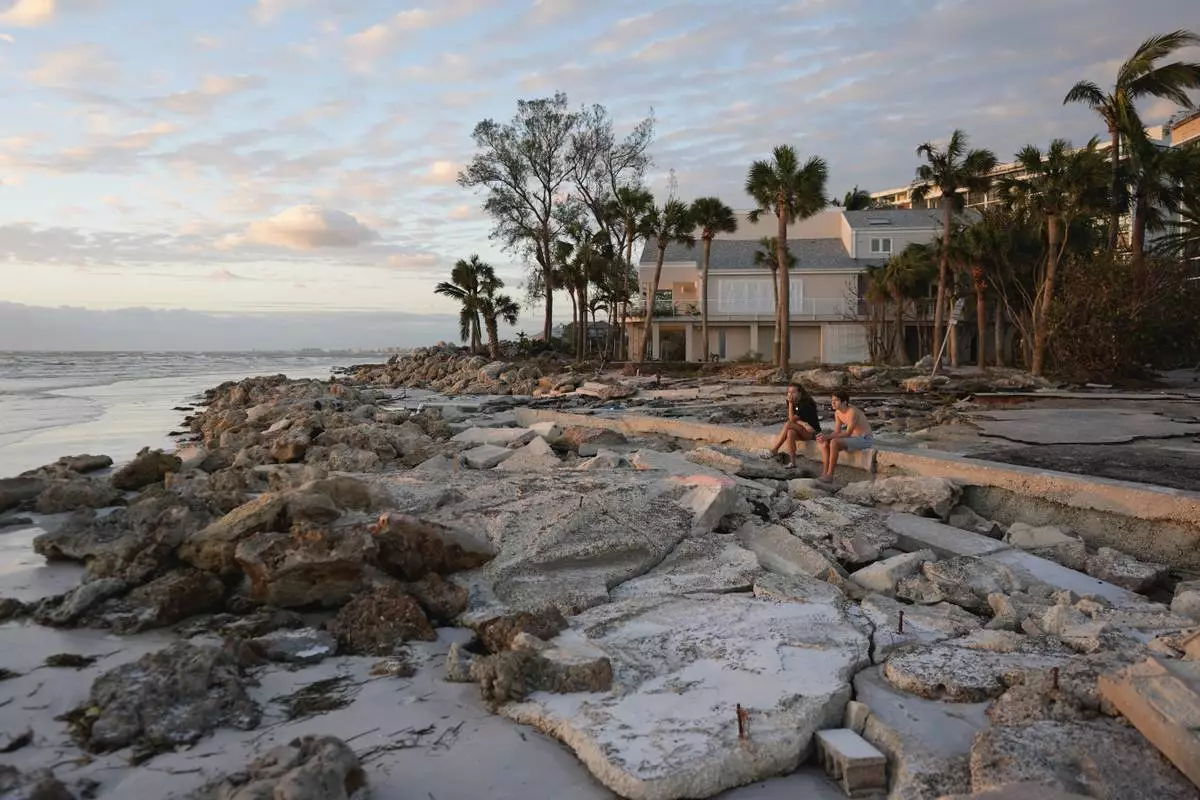
FILE - Young people from Sarasota, Fla., visit a beach on Siesta Key, Fla., on Oct. 10, 2024. The beach was damaged by Hurricane Helene and Hurricane Milton. (AP Photo/Rebecca Blackwell, File)
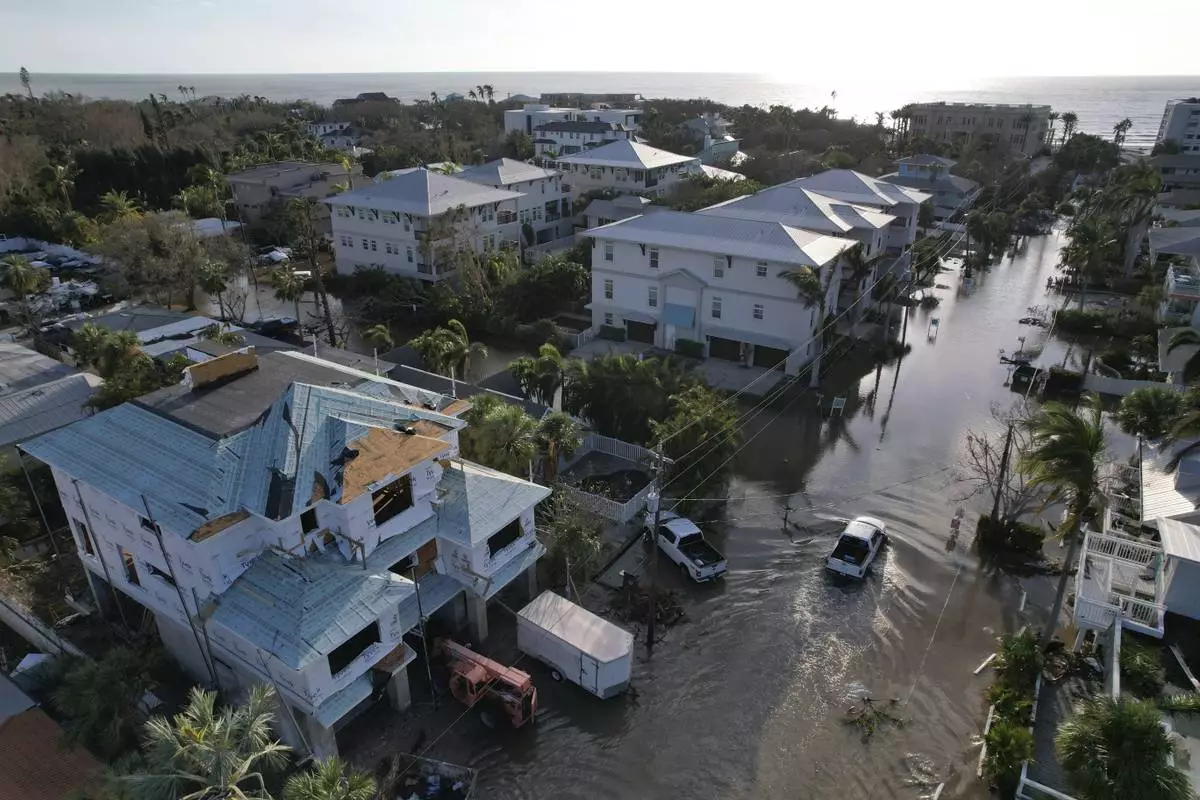
FILE - A truck drives down a flooded street in Siesta Key, Fla., following the passage of Hurricane Milton, on Oct. 10, 2024. (AP Photo/Rebecca Blackwell, File)


